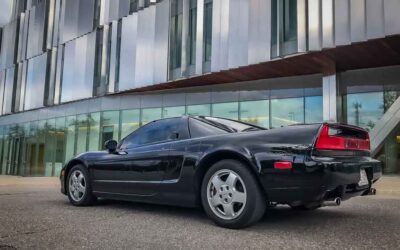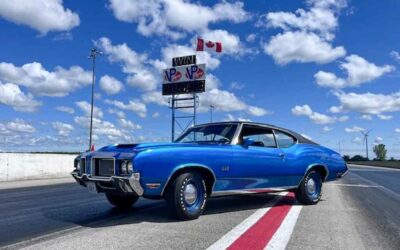As consistent warm weather is just around the corner (any day now we hope), I would like to take the opportunity to remind folks of some basic spring fire up tips. In order to make sure you are taking proper care of your collector car, make sure to read the following do’s and don’ts for bringing your prized possession out of storage.
By the way, one item to always keep in mind is the current market value of your possession, if you feel this has change we always recommend having an updated appraisal completed.
If you are not aware of an appraiser in your area, we have a large list of qualified vintage car appraisers on your website.
Happy Motoring!!!
Scott Smith,
Vintage CARS Manager
Battery
Ensure your battery is fully charged. If it’s not fully charged, make sure it is. You may have a hard time starting your car if the battery is only partially charged. If a charger was installed, we recommend removing this prior to trying to start your vehicle. Also, make sure to clean any corrosion off the terminals and cables.
Under the hood
Do a visual inspection of your wiring to ensure no critters chewed anything. Check any visible hoses for cracks or loose fittings. Check all fluids from transmission to power steering, particular the oil level and coolant. Also, a good idea to check the air filter. Perhaps you may want to get a flashlight and scan underneath the car to see of any signs of fluid leak. Look under your vehicle to ensure no substantial amounts of liquids have leaked from your vehicle. Key areas to check are your radiator, under the engine, under the transmission and the rear-end.
Tires
Check your tire pressure; refer the tire sidewall to ensure you have adequate air pressure. Also check your tires for wear, cracks, oxidation, bulges, or anything that could lead to failure. If you notice uneven wear now, getting an alignment should be considered. Do not start driving before all your tires have been inspected and inflated to their proper levels. Failing to do so could potentially harmful situation.
Brakes
Inspect and ensure your braking system is still fully functioning. Also, grease all grease points on your vehicle.
Check the Exterior
Complete an overall visual inspection of your vehicle. Look for any damage paint damage from either moisture exposure or the car cover itself. While you may be anxious to drive the vehicle immediately, consider it may be better to deal with any exterior imperfections when cooler in the spring instead of waiting until the hot summer months when paint damage may be exacerbated.
Starting your Engine
if you put steel wool or something similar in the tailpipe to prevent rodents form getting in, don’t forget to remove it before starting your engine. Once the engine is started, let it warm up before attempting to drive it or revving the engine. Give it a few minutes and let the engine return to normal idle speed naturally. While its running, look around for any fluid leaks, white or black smoke or anything else out of the ordinary.
Featured Car of the Month
1956 Mercedes-Benz 300SL Gullwing — A Canadian Time Capsule
Some vehicles stop you in your tracks. The 1956 Mercedes-Benz 300SL Gullwing owned by Ottawa surgeon Dr. Hassan Moghadam is one of those cars.
1991 Acura NSX
Developed with direct input from Honda’s F1 program and legendary driver Ayrton Senna, the Acura NSX was the ultimate expression of Honda’s engineering in the early 1990s.
1967 Chevy Camaro RS
Purchased at 18, my 1967 Camaro RS has been my passion for 42 years—restored, upgraded, and resurrected into the car she was meant to be.
1969 Chevrolet Camaro
For Murray McKinnon, the 1969 Camaro has always been his dream car. He finally made it a reality in 2010.
1986 Caprice Classic
For Mike Farrugia, one of our trusted appraisers, the 1986 Caprice Classic is more than a car — it’s a connection to the past.
1972 Oldsmobile Cutlass
Joe first owned this car at 16, sold it in 1992, and managed to buy it back in 2016.










